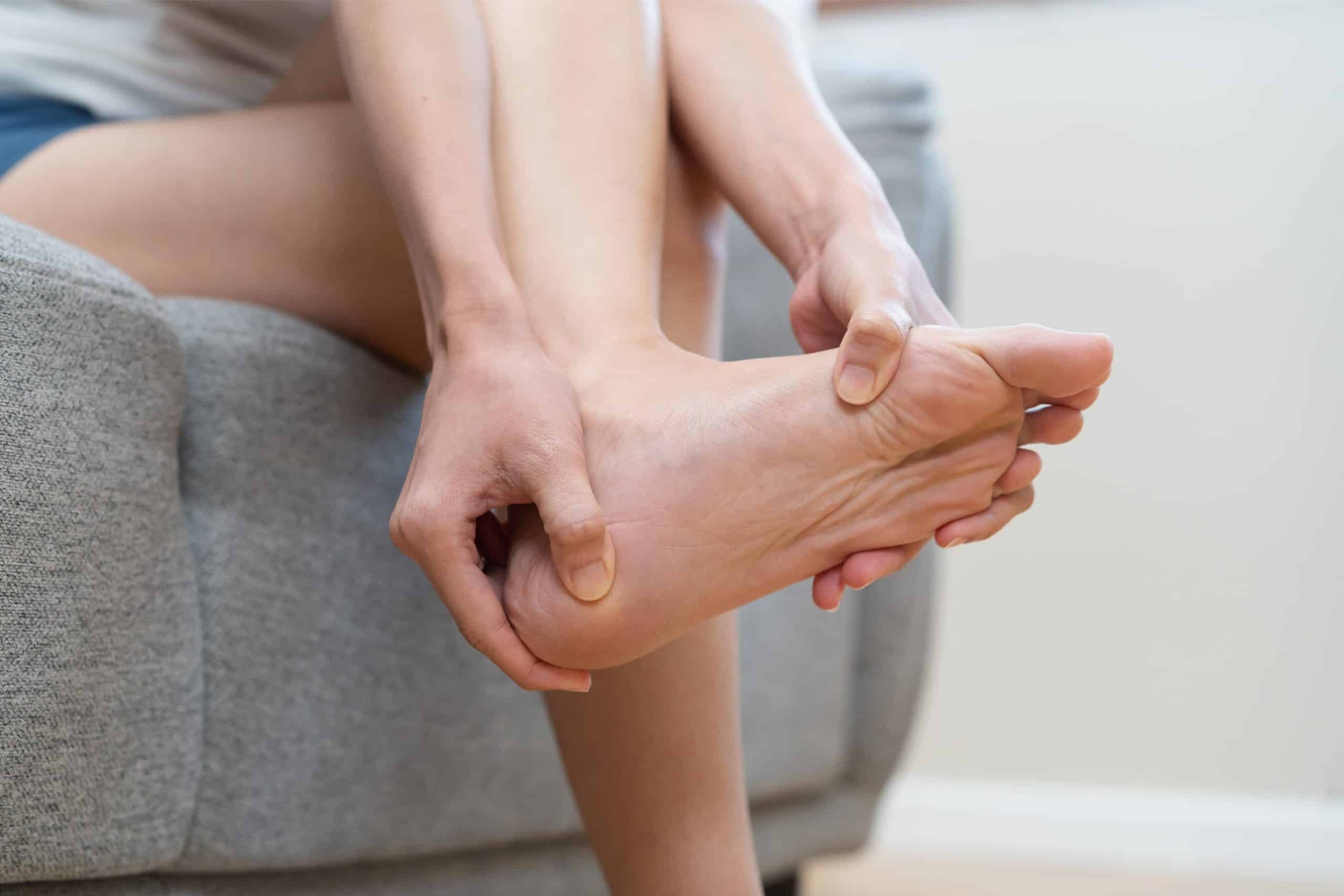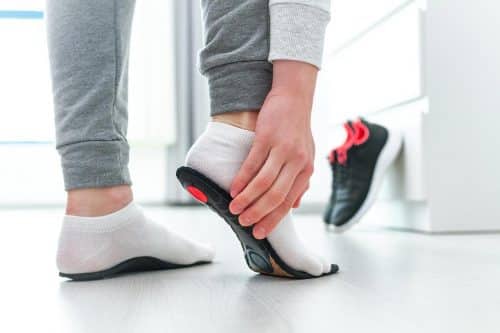Plantar fasciitis is typically a clinical diagnosis, which means that your doctor is likely to be able to diagnose it by speaking to you and taking a detailed history of your symptoms and understanding the nature of your pain, as well as taking note of any risk factors or predisposing foot conditions that you might have.
After getting a comprehensive overview of your heel pain, your doctor will proceed to examine your foot and ankle, evaluating the structure of your foot (including pes planus or pes cavus), identifying the exact location of the pain and tenderness, and checking the nerves and blood vessels of the foot.
Since there are other possible causes of heel pain, such as stress fractures, ligamentous injuries, nerve compression, Achilles tendon conditions, heel pad problems, or arthritis, your doctor may order additional imaging such as X-rays or MRI scans of the affected foot and ankle to confirm the diagnosis and rule out these other causes.





